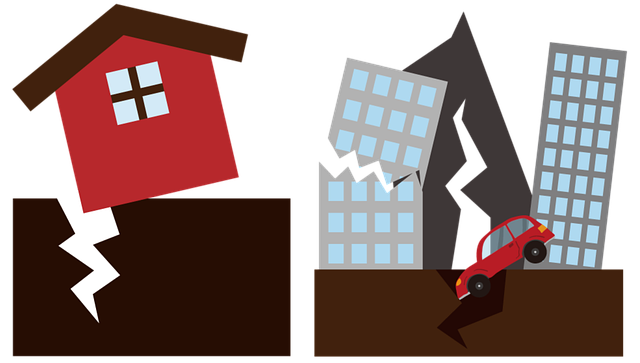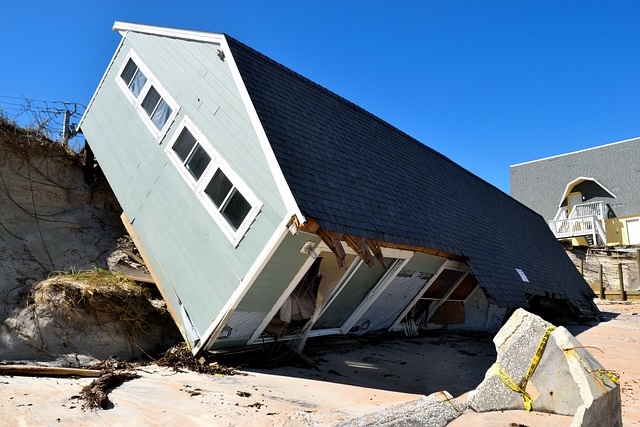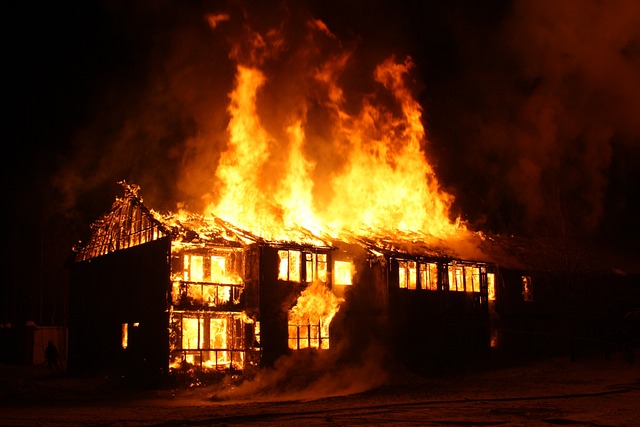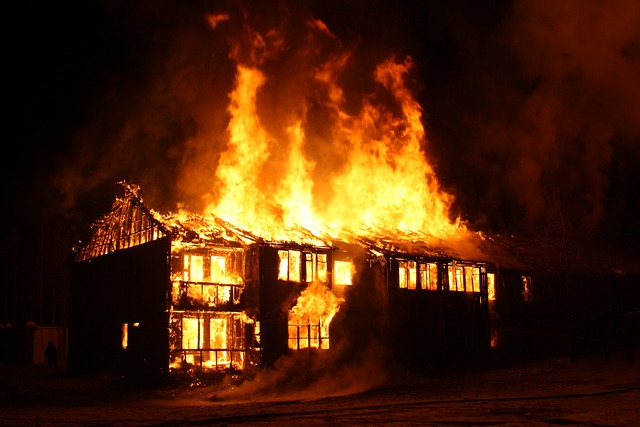Selling a house with fire damage in California requires specialized knowledge of building codes, environmental regulations, and market dynamics. Homeowners must decide between pre-sale repairs or as-is sales, considering damage severity, financial situation, and market conditions. Effective marketing strategies should focus on transformation potential, using high-quality visuals and storytelling. Strategic approaches include meticulous inspection, informed negotiation, and engaging experienced real estate agents specializing in distressed properties for a successful sale.
In the dynamic real estate market of California, understanding distressed property sales is crucial for both sellers and buyers. This comprehensive guide delves into the unique challenges posed by selling homes with fire damage in the Golden State. From identifying common causes and assessing legal considerations to marketing strategies and negotiation tactics, we provide a detailed roadmap for navigating these complex transactions. Discover how to maximize your options and successfully sell your property, even amidst fire-related damage, using proven techniques tailored to California’s market dynamics.
- Understanding Distressed Property Sales: A California Perspective
- Common Causes of Fire Damage and Its Impact on Home Value
- Legal Considerations for Selling a House with Fire Damage in CA
- Pre-Sale Repairs vs. As-Is Sale: Weighing Your Options
- Marketing Strategies for Attracting Buyers Despite Damage
- Negotiating and Closing the Deal: Tips for a Successful Sale
Understanding Distressed Property Sales: A California Perspective

In California, distressed property sales have become a significant aspect of the real estate market, especially when dealing with homes that have sustained damage. When a house suffers from fire damage, it presents unique challenges for both sellers and buyers. Fire-damaged properties require specialized knowledge to assess, repair, and ultimately sell successfully. Understanding this process is crucial for anyone considering how to sell a house with fire damage in California.
California’s real estate landscape offers various opportunities for distressed sales, but the state’s stringent building codes and environmental regulations further complicate matters. Sellers must navigate these regulations while determining the extent of repairs needed. For instance, if a home has suffered significant structural damage from a fire, it may require extensive renovations to meet safety standards. This process involves hiring licensed contractors, obtaining permits, and ensuring the work complies with local building codes—all essential steps in preparing a fire-damaged property for sale.
Common Causes of Fire Damage and Its Impact on Home Value

Fire damage is a significant concern for homeowners in California, often caused by dry conditions and strong winds that increase the risk of wildfires. Common causes include electrical issues, cooking accidents, and accidental or intentional fires. Once a property experiences fire damage, it can significantly impact its value, which can be a worry for potential buyers.
The extent of the damage plays a crucial role in determining the hit to the home’s value. Minor fires that are contained to one room may not reduce the overall value much, especially if the repairs are quick and effective. However, widespread fires that affect multiple rooms or structural elements can devalue the property considerably. In California, where real estate is competitive, buyers will carefully consider any fire damage when assessing a house’s market value, often requiring more negotiation room for sellers facing this challenge while preparing their home for how to sell a house with fire damage.
Legal Considerations for Selling a House with Fire Damage in CA

Selling a house with fire damage in California involves navigating a series of legal considerations unique to the state. The first step for homeowners is to understand that any sale must comply with California’s strict building and safety codes, which often require extensive repairs or demolition after a fire. This can significantly impact the selling process by increasing costs and potentially lowering the property’s value.
Homeowners should also be aware of potential liability issues. In California, sellers are legally obligated to disclose known defects that could affect the property’s habitability or safety. Fire damage, especially if it was not properly addressed, falls into this category. Consulting with a real estate attorney is crucial for understanding disclosure requirements and ensuring compliance, protecting both the seller from future legal issues and the buyer from unforeseen problems.
Pre-Sale Repairs vs. As-Is Sale: Weighing Your Options

When considering how to sell a house with fire damage in California, one of the key decisions homeowners face is whether to conduct pre-sale repairs or sell as-is. Pre-sale repairs involve fixing any damages, including fire damage, before listing the property for sale. This approach can increase the home’s value and marketability, potentially leading to a higher selling price. On the other hand, an as-is sale means selling the property in its current state, with all existing issues like fire damage visible to potential buyers.
This decision depends on various factors, including the severity of damage, your financial situation, and the real estate market conditions. Conducting pre-sale repairs can be costly and time-consuming but may attract more buyers. Conversely, an as-is sale could be quicker and less expensive, avoiding the costs associated with repairs, but it might limit potential buyers and potentially reduce the sales price. Weighing these options carefully will help guide your decision in the process of selling a house with fire damage in California.
Marketing Strategies for Attracting Buyers Despite Damage

When marketing a property with fire damage in California, it’s crucial to highlight the unique aspects and potential for renovation. Buyers often look beyond the immediate impact of damage and see the opportunity to create something special. Emphasize the property’s location, architectural features, or any remaining intact areas that can be leveraged as selling points. Utilize high-quality photography and virtual tours to showcase the space before and after potential renovation ideas. This visual representation can spark interest and help buyers envision the house’s future.
Engaging marketing strategies such as honest and detailed listings, social media campaigns, and targeted online ads are essential. Focus on telling a story of transformation rather than dwelling on the damage. Highlight local construction and remodeling trends to showcase the potential for a modern, updated home. Additionally, partnering with real estate professionals who specialize in distressed properties can provide valuable insights and help attract buyers willing to invest in renovation projects.
Negotiating and Closing the Deal: Tips for a Successful Sale

When navigating a distressed property sale, especially in California where fire damage is a concern, negotiating and closing the deal requires careful consideration and strategic moves. Start by thoroughly inspecting the property to understand the extent of repairs needed; this knowledge empowers you during negotiations. In California’s competitive market, being well-informed about comparable sales prices in similar areas helps when making an offer—considering the added costs for fire damage restoration.
Engage with a knowledgeable real estate agent who specializes in distressed properties and fire-damaged homes to receive expert guidance throughout the process. Their experience will help you navigate potential red flags, negotiate repairs as part of the sale, and ensure a smooth closing. Remember, transparency is key; disclose all known issues openly to avoid future disputes, fostering trust with both the seller and your chosen contractor for restoration work.
Selling a house with fire damage in California can be challenging, but understanding the process and leveraging effective strategies can lead to a successful sale. By addressing legal considerations, weighing repair options, implementing tailored marketing approaches, and mastering negotiation tactics, you can navigate this unique market. Remember, every property has its story, and with the right approach, even distressed homes can find their place in the California real estate tapestry. For those seeking to sell a house with fire damage in CA, this guide offers valuable insights into how to turn a potential obstacle into an opportunity.






